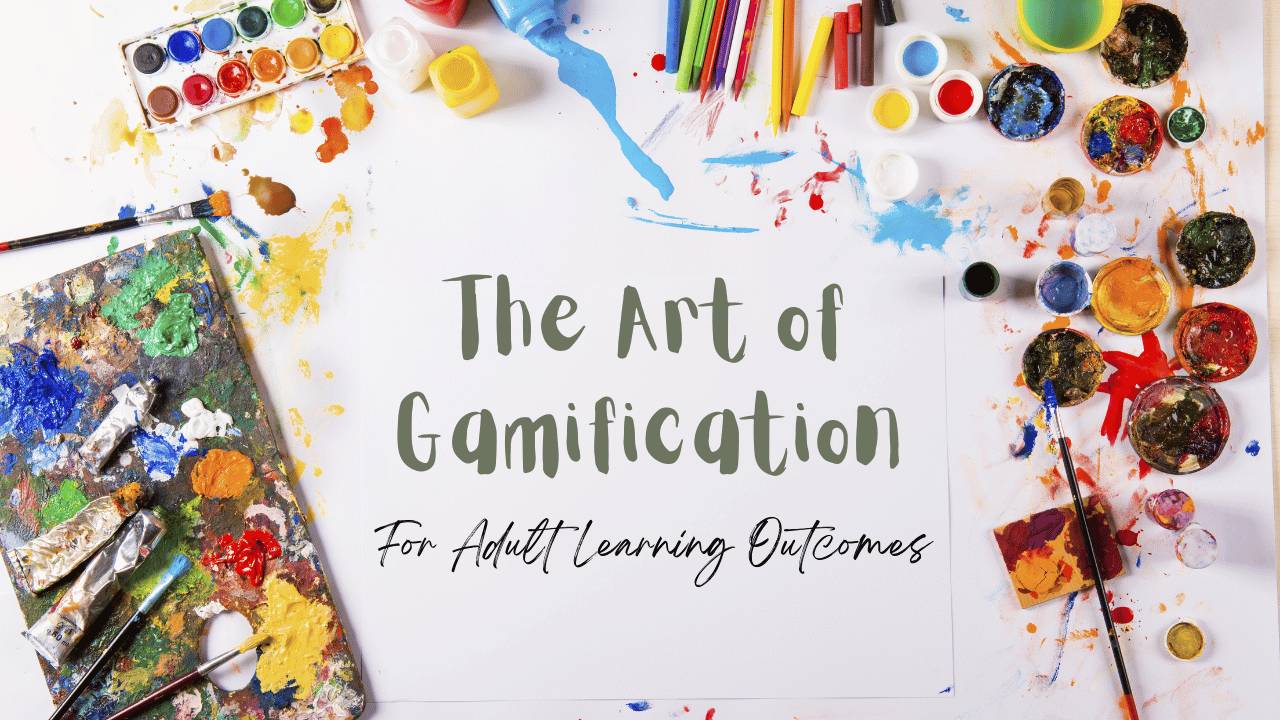
The Art of Gamification for Adult Learners: Ensuring Alignment with Learning Outcomes
Sep 05, 2023The world of education and training has evolved rapidly in the past decade. Traditional methods are continually being redefined, replaced, or augmented by new and innovative techniques. One such paradigm shift has been the increasing adoption of gamification and game-based learning experiences, especially for adult learners.
The Challenge
Adult learners come with a diverse set of experiences, competencies, and expectations. When designing a gamified or game-based learning experience, it's not just about making the content "fun" or "engaging". The primary challenge is: How can educators and trainers effectively design and implement gamified and game-based learning experiences that align with the specific learning outcomes of adult learners?
The Solution
Effective design and implementation of gamified and game-based learning experiences for adult learners require careful alignment with specific learning outcomes. Here's a 6-step roadmap to achieve this:
- Clear Definition of Learning Outcomes: Begin with the end in mind. Determine what knowledge, skills, or competencies you want your participants to acquire by the end of the course or module. This foundational step serves as the anchor for your game-based design.
- Game Mechanics that Align with Outcomes: With your learning outcomes clearly defined, select game mechanics, narratives, and interactive elements that naturally support and amplify these outcomes. For instance, if your objective is to teach negotiation skills, a role-playing game where learners simulate different scenarios could be more effective than a trivia-based game.
- Continuous Assessment and Feedback: The true value of gamification lies in its ability to provide real-time feedback. Incorporating formative assessments at various stages of the game allows learners to understand their performance and adjust their strategies accordingly. This immediate feedback loop enhances retention and application.
- Reflection and Application: Opportunities for reflection are crucial in adult learning. After major milestones or game levels, provide spaces for learners to reflect on their experiences, discuss with peers, and contemplate how they can apply their newfound knowledge in real-life scenarios.
- Tailor to Prior Knowledge: Adults come with a treasure trove of prior experiences. Recognizing and building upon this prior knowledge can significantly enhance their learning experience. In gamified settings, this might mean allowing for multiple pathways or levels of difficulty that learners can choose based on their prior knowledge.
- Forge Meaningful Connections: Adults are often motivated by real-world applications and relevance. Ensure that your gamified content connects with real-world scenarios or challenges they might face in their professional or personal lives.
Conclusion
Gamification and game-based learning can be powerful tools in the educator's arsenal. However, their success largely hinges on how well they are aligned with the learning outcomes and outcomes. By following the roadmap outlined above, educators and trainers can design experiences that are not just engaging but also deeply educational, ensuring that adult learners walk away with valuable knowledge and skills that last beyond the game.
Don't miss a beat!
New moves, motivation, and classes delivered to your inbox.
We hate SPAM. We will never sell your information, for any reason.
